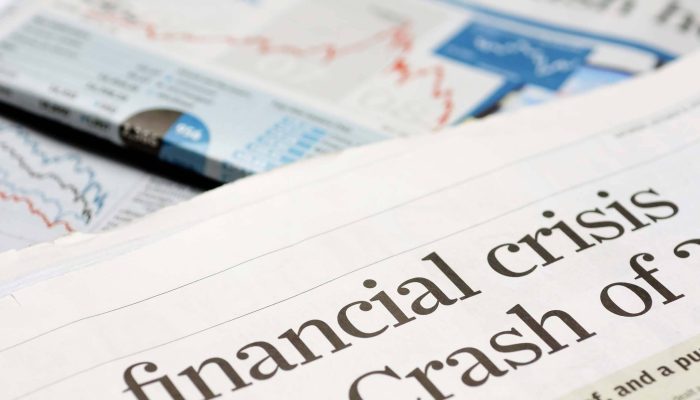Unsustainable Wealth

Posted July 10, 2015
US Household Sector Net Worth has risen by a mind-boggling $30 trillion since the first quarter of 2009. At $85 trillion, it is now 55% higher than at the depth of the crisis – and 25% above its pre-crisis peak. This is how the Fed has made the economy grow: by inflating asset prices. But this is unsustainable wealth. Much of it will evaporate if interest rates begin to rise. In fact, I believe this level of wealth cannot be sustained without further rounds of Quantitative Easing. The latest Macro Watch video presents the details.
- We begin by looking at the kind of assets the household sector owns.
- We then see how much the value of each type of asset has risen in recent years, what has driven that increase and how each type of asset would be impacted by an increase in interest rates.
- This Wealth did not come from savings. It was created by asset price inflation, fuelled by Quantitative Easing and nearly seven years of 0% interest rates.
- Asset values are now very stretched relative to income and highly vulnerable to a shock.
- If the Fed begins to hike interest rates, Wealth is very likely to contract and throw the economy into severe recession.
- On the other hand, if the Fed doesn’t hike rates, the bubble in asset prices will continue to inflate, leading ultimately – in all probability – to a new systemic crisis in the financial sector.
If you are a Macro Watch member, log in now and watch “Unsustainable Wealth”.
If you have not yet joined, click on the following link:
http://www.richardduncaneconomics.com/product/macro-watch/
For a 50% subscription discount worth US$250, hit the “Sign Up Now” tab and, when prompted, use the coupon code: wealth
You will find more than 16 hours of video content available to watch immediately, including two video courses:
- The Global Economic Crisis Explained, and
- How The Economy Really Works
A new Macro Watch video will be added approximately every two weeks.


Thank you for another engrossing explanation, Richard. This time I have a question.
I refer to your graph showing the Ratio of Household Net Wealth to Disposable Personal Income. You say that the reason this cannot get too high is that interest on the debt used to acquire these assets will become unaffordable. However I wonder how interest can come strongly into it? This is Net Wealth after all, the Liabilities have been deducted. Then out of total assets of 99 trillion, liabilities are only 14 trillion, still lower than their pre-crisis level
As you show, 66% of liabilities are in mortgages and most of the rest in consumer finance and others so there must be relatively little remaining to help to hold up the stock market. The figures demonstrate that most of the recent rise in wealth is stock market related, via high growth in equities, mutual funds and pension funds. These have largely risen because of the flood of money that has been diverted to “the only game left in town”, since bank deposits and bonds pay so little. Evidence of the diversion can be seen in the 74% increase in Mutual Fund value since the pre-crisis peak, far more than the 33% rise in the S&P. On the other side, the 66% drop in credit instruments illustrates the stampede away from low interest.
So it seems to me that the rise in asset values is no doubt QE related but not credit related and the 525% ratio is not a threat as net assets are 6 times liabilities and they are more affordable with interest about half what it was before the last crisis.
While it is true that the graph demonstrates that the ratio had risen to a similar level in 2007, I don’t see how that caused the crisis. That was the fault of credit disappearing around the world when the interbank markets seized up following a chain of events resulting from the abuses that caused the collapse of the MBS and CDO markets and Lehman.
Richard, I am keenly looking for an early predictor of the next collapse and therefore sincerely hope that you can explain to me where my reasoning needs adjustment.
Thanks and regards, Peter
Amendment. Should read, ” and the 639% ratio is not a threat”. not 525% ratio.